We have had this rifle for quite some time now and so the answer lies to some extent in that fact alone, if I had thought it needed restoring I would have done it by now. The .425 seen here is in what could be called quite tired condition but I would call it very nicely used. The rifle both functions and shoots perfectly and those are the key points. The blueing and blacking is worn and patchy, the stock is thick with oil and the checker is pretty beaten up, all in all not a showpiece rifle but when the 2 rifles are put besides each other, as they are above, the .425 is by far the nicest rifle.. at least to me it is.
I have not, and would not do anything to this rifle, if I started the whole rifle would have to be refinished, you could not do one part and keep some of the patina, it is an all or nothing job. The stock would have to be scraped off and re-polished, the checker redone, the barrel and action would all have to be re-blued and re-blacked and at the end of this it would look like a new rifle, it would have no stories to tell and that is what I like about it now!
I have said it before, more great guns have been ruined by over or bad restoration than any other factor. It takes very skilled hands, a skilled eye and a very sympathetic touch to restore a gun well so always proceed with caution!



 Enquire
Enquire







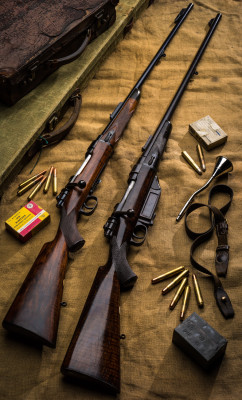
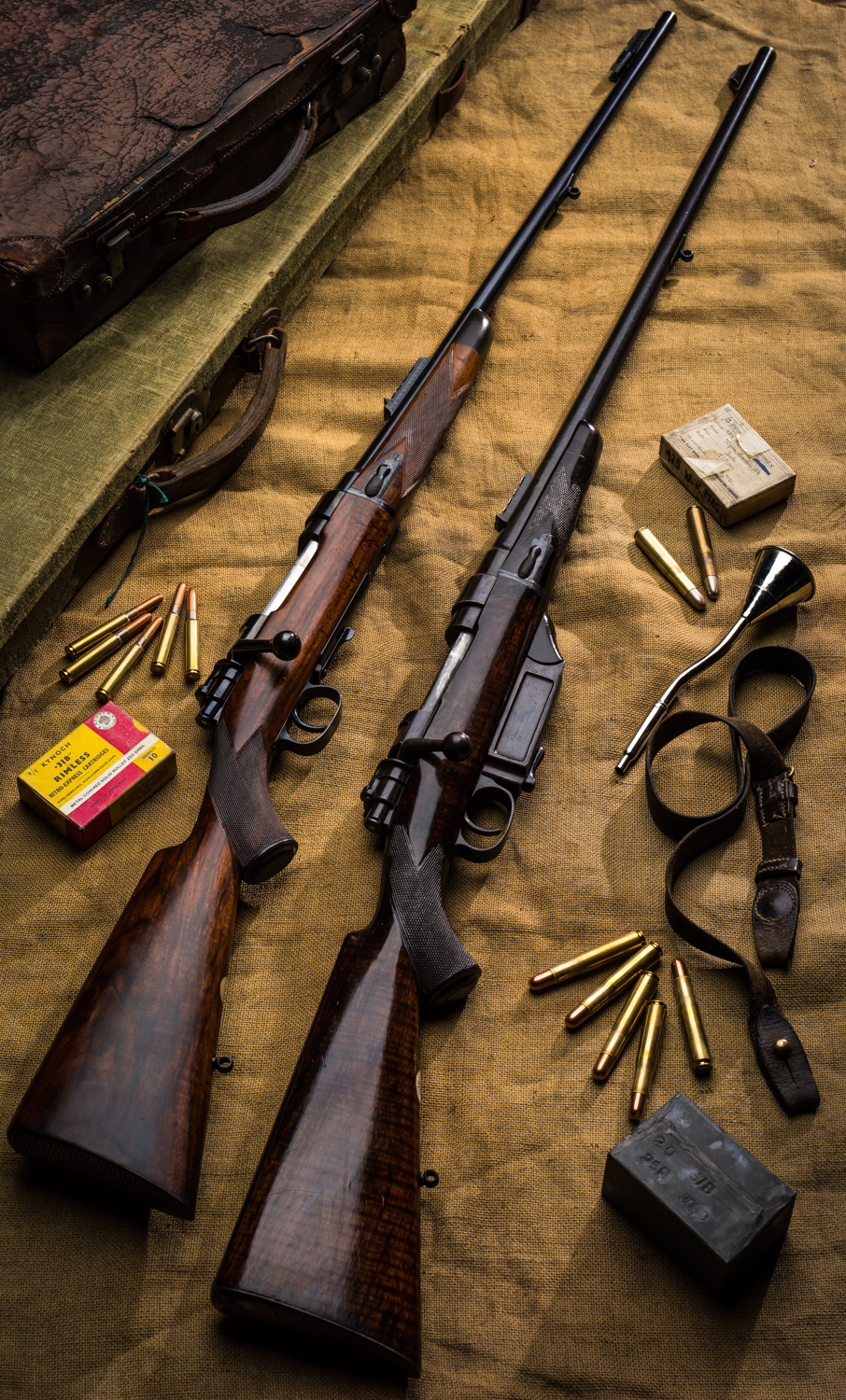
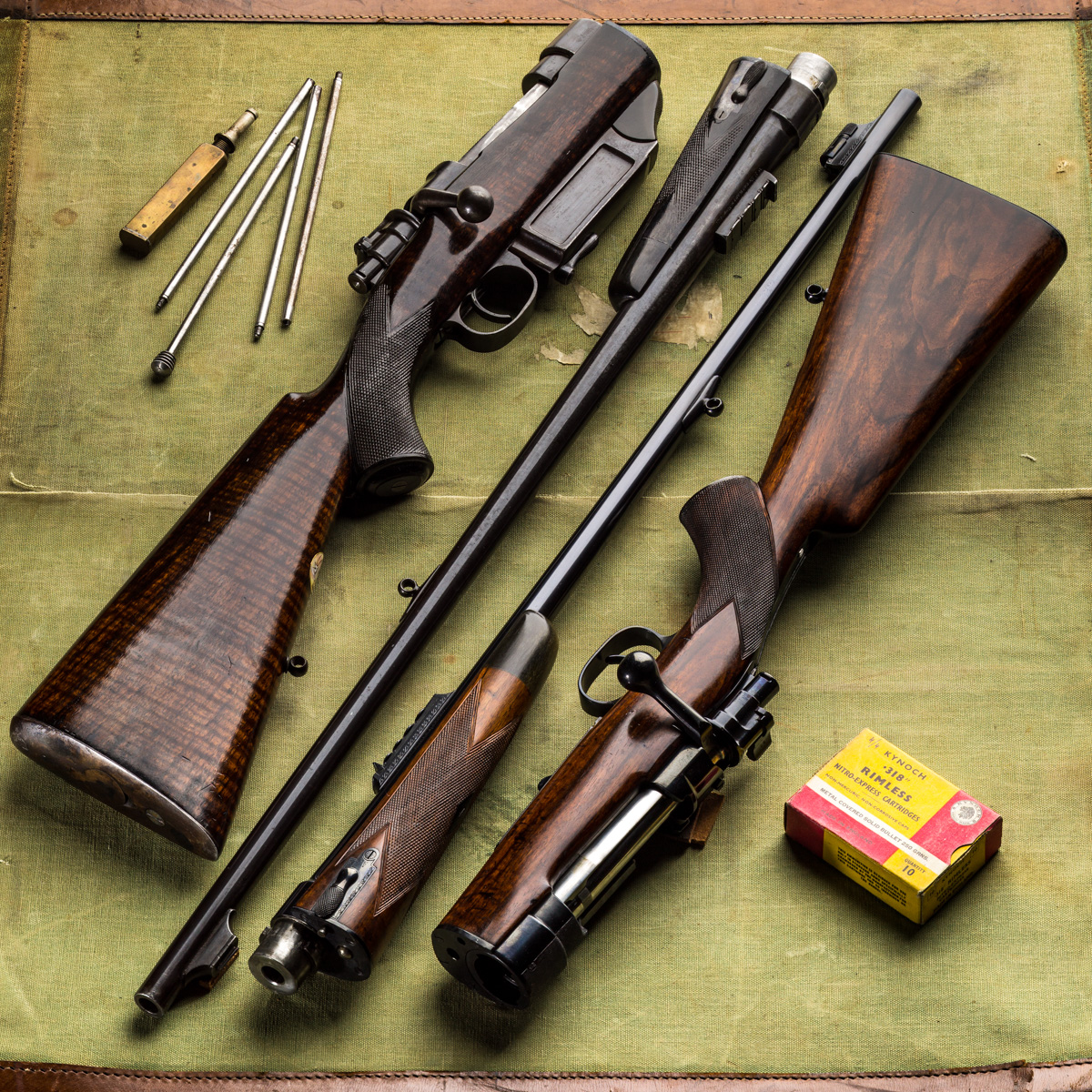

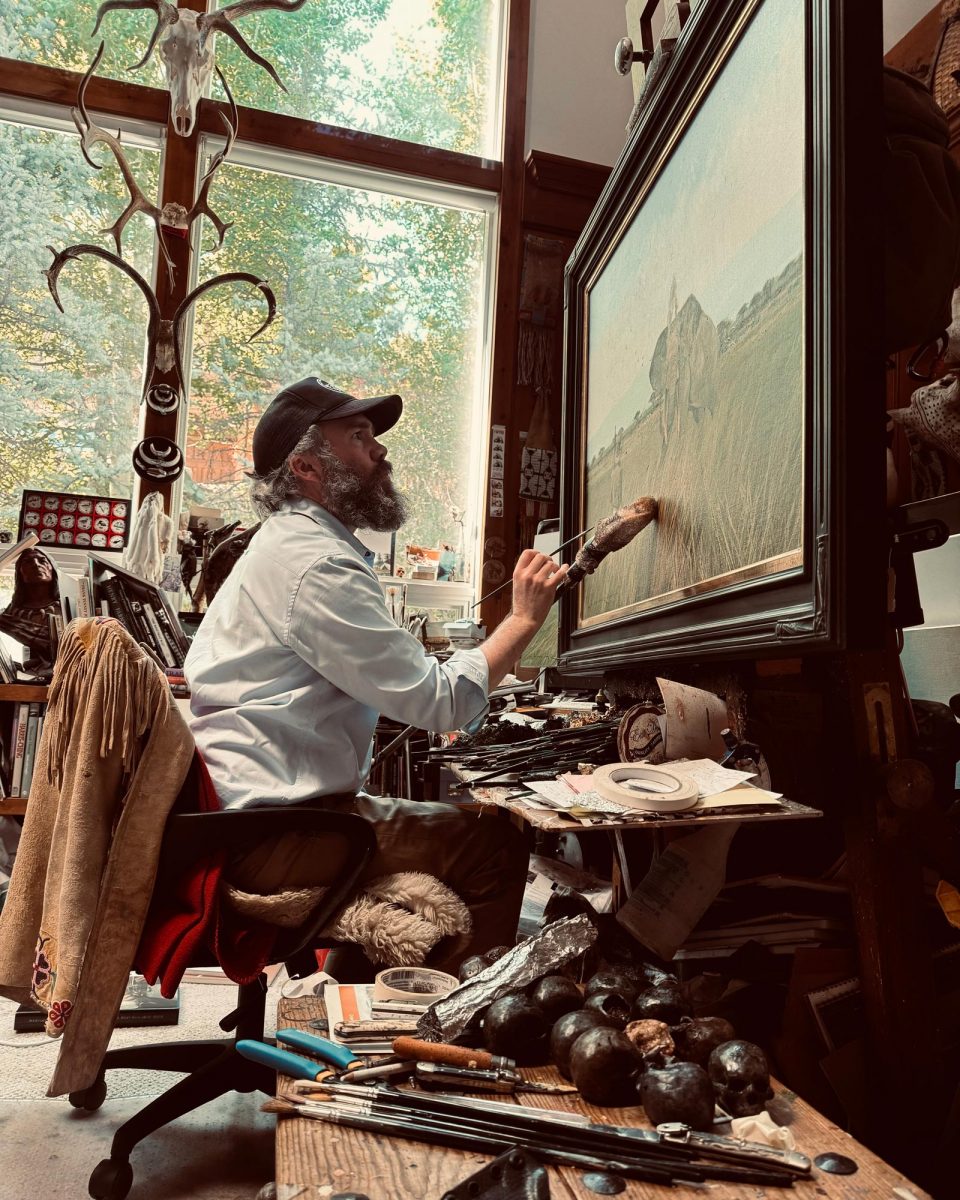
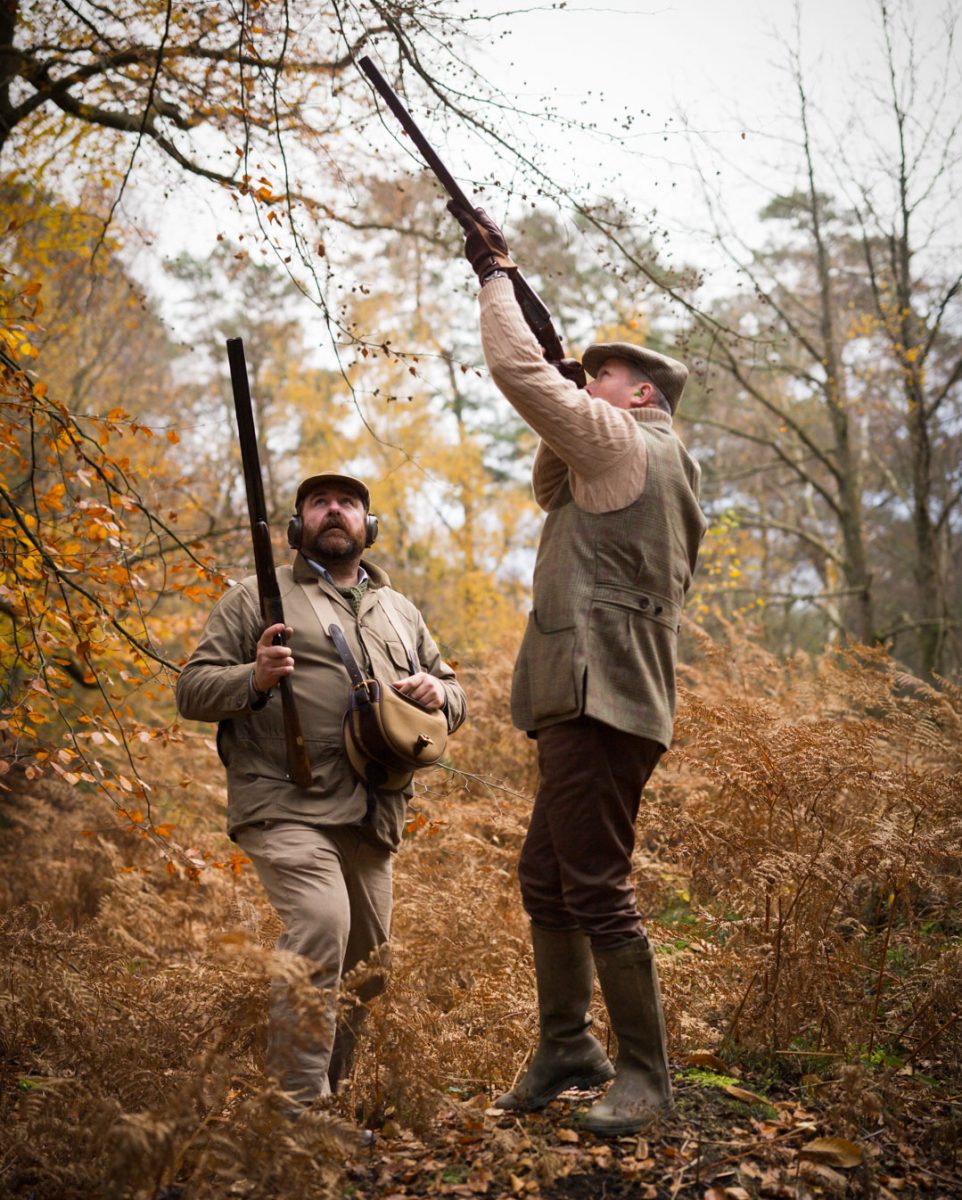



Neill Clark on June 3, 2015 at 5:47 pm
Once again, nice pictures of a couple of good looking rifles.
The .318 calibre intrigues me, I believe it is derived from a military Mauser round, but I don't know much about its use as a sporting cartridge. Presumably we are talking plains game, larger deer species, boar, chamois etc?
Thanks.
Neill
Simon Clode on June 3, 2015 at 7:51 pm
It is a really great cartridge, it was used by all the early African explorers and hunters. It is a very capable round and can be used comfortably on all the antelope species and even larger game. Obviously not a stopping size calibre but what I would call 'slow and deadly'. We are responsible for it not being well know as we ceased to promote it after the war. The .318 was made to fit the standard size Mauser 98 action with no bolt face alteration required. I will do a post on it one day, I thought perhaps I had!
Neill Clark on June 3, 2015 at 8:40 pm
Cheers Simon, and apologies if you have made a post on the .318, I saw the one you did on the rifle for Danny McCullum, I will have another read of it.
Gary Duffey on June 3, 2015 at 6:39 pm
Simon I agree with you and I am drawn to those kinds of rifles much more so. In my thinking the reasons for restoration have to be compelling, I.e., bad bore, badly cracked wood, rusting that cannot be arrested, almost not serviceable. I have a couple of rifles that I have restored because I felt it the right course. That said I can stand to keep them because I knew what they looked like before restoration. I am partial to these 'best quality' un-adorned guns and rifles because the elements of the metal edges, blue/blacking, wood, horn, and leather take on such beautiful patina. What else shows wear and an increasing beauty? I have great interest in the .425 and am working on a comprehensive (and comparison) post to be delivered soon. I apparently need to make a trip to 130 Pritchett street and dig around in the vault!! Great Post!
Vance Daigle on June 4, 2015 at 9:08 pm
Afternoon Sir,
Thank you for the insight on the refinishing of a vintage gun. It is a part of vintage guns that I will have to get used to, I have until recently only bought guns that are as new. With the help of knowledge people such as yourself and the people that follow your blog I will get there....just takes a little time. Thanks!!!
In Christ
Vance,
Dan on January 7, 2016 at 5:47 am
Beautiful rifles!